Table of Contents
Voodoo religion or Vodun is commonly referred by the public as “Voodoo.” The name can be traced back to an African word for “spirit.” Voodoo is also traceable to the West African Yoruba natives who lived around the 18th to the 19th century. The religion of Voodoo roots back to 6,000 years in the African continent. Today, that country occupied some of Nigeria, Togo, and Benin. Slaves brought this Voodoo religion with them when they were forced to come to Haiti as well as other islands in the West Indies.
Early Suppression
Voodoo religion was actively suppressed during colonial times. Many Priests were either killed or imprisoned, and their shrines destroyed, because of the threat they posed to Euro – Christian/ Muslim dominion. This forced some of the Dahomeans to form Vodou Orders and to create underground societies, in order to continue the veneration of their ancestors, and the worship of their powerful gods.
Voodoo religion was suppressed again during the regime of Marx. However, it has been practiced in Benin freely since it runs a democratic government back in 1989. Voodoo religion became formally recognized in Benin and it also became an official religion in 1996. It’s also followed by most people in Haiti. It can be found in many large cities in America as well particularly in the American South.
Over sixty million people today practice Voodoo religion worldwide.
Two Types
Today, there are 2 types of unrelated forms of Voodoo religion:
- The actual Voodoo religion practiced in countries like Haiti, Benin, Togo, Ghana, Dominican Republic and various states in America where Haitian refugees have settled.
- An evil imaginary religion that was projected by Hollywood movies complete with bizarre rituals, voodoo dolls, spells and violence. It doesn’t exist in reality except for those who believe this non – sense.
History of Voodoo Religion in the West
Slaves who came from Haiti and other West Indian islands were baptized as a Roman Catholic upon their arrival. However, there was little Christian infrastructure present that will maintain the faith around the early 19th century. The result is that slaves eventually went back to their original native faith, and they practice Voodoo religion in secret while attending Mass every Sunday.
A quite inaccurate book was written in 1884 and it describes Voodoo religion as an evil one and it also included weird descriptions about cannibalism and human sacrifice some of which had been extracted from Voodoo religion priests through torture. This book caught the imagination of people living outside the West Indies which is why it was somehow responsible for much of the fear and misunderstanding that is present today.
Hollywood found this fact as rich source for screenplay. Horror movies that started in the 1930s until today usually misrepresent the Voodoo religion. It’s only since the late 1950s that accurate studies have been published. Other religions such as Macumba and Santeria bear many similarities to Voodoo.
Voodoo Religious Beliefs
Voodoo religion just like Christianity is a religion of many traditions. Each group follows a different type of worship and spiritual path. They worship a different pantheon of the spirit called “Loa.” This word in the Yoruba language means “mystery.”
Yoruba traditional belief included a chief unknowable and remote god called Olorun. A battle between these two gods led to the temporary banishment of Obatala.
Minor Dieties
There are also hundreds of minor deities. Some of these include the following:
- Agwe: spirit of the sea
- Aida Wedo: rainbow spirit
- Ayza: protector
- Baka: an evil spirit who takes the form of an animal
- Baron Samedi: guardian of the grave
- Dambala (or Damballah-wedo): serpent spirit
- Erinle: spirit of the forests
- Ezili (or Erzulie): female spirit of love
- Mawu Lisa: spirit of creation
- Ogou Balanjo: spirit of healing
- Ogun (or Ogu Bodagris): spirit of war
- Osun: spirit of healing streams
- Sango (or Shango): spirit of storms
- Yemanja: female spirit of waters
- Zaka (or Oko): spirit of agriculture
There are also similarities between Roman Catholicism and Voodoo Religion. Both religions believe in a supreme being; the Loa resemble Christian Saints, in that they were once people who led exceptional lives, and are usually given a single responsibility or special attribute; both believe in an afterlife; they have, as the centerpiece of some of their ceremonies, a ritual sacrifice and consumption of flesh and blood; both believe in the existence of invisible evil spirits or demons.
Followers of Voodoo
The followers of Voodoo religion believe that each person has a met a master of the head which corresponds to a Christian’s patron saint. They also believe that each person has a soul which is composed of two parts:
- a gros bon ange or “big guardian angel”
- a ti bon ange or “little guardian angel”
Voodoo Religion Rituals
The purpose of these rituals is to communicate with a spirit, to obtain help in the form of a higher standard of living, improved health and abundant food, and to gain their favor through offering gifts and animal sacrifices. Human and Loa depend on one another; humans provide materials and food while the Loa provide good fortune, health, and protection from evil spirits. The Voodoo religion rituals are held to celebrate lucky events, to celebrate the day that humans are connected with a Loa, to attempt to escape bad fortune for birth, healing, marriage, and death.

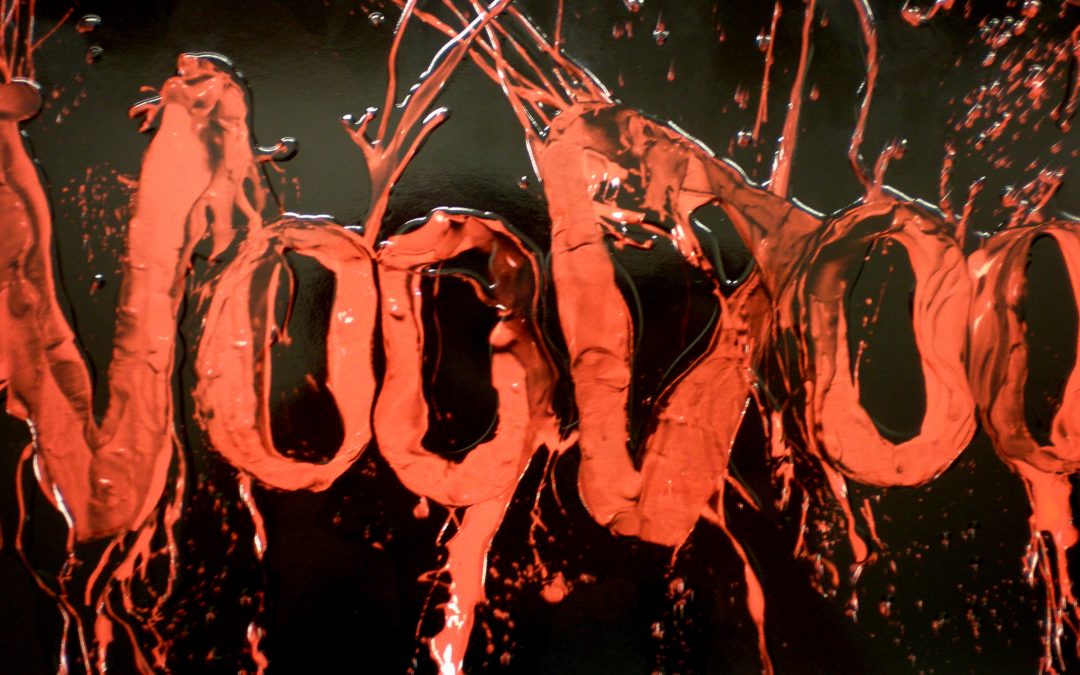
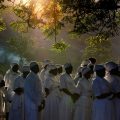
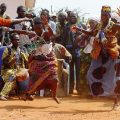
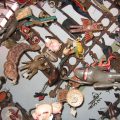
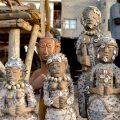
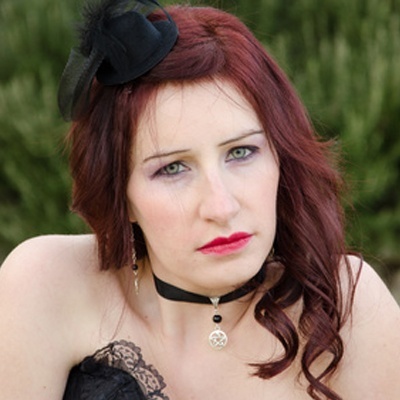 I love to write books about alternative religion, occult, and spirituality. My books are written for everyone in an easy to read and understandable style.
I love to write books about alternative religion, occult, and spirituality. My books are written for everyone in an easy to read and understandable style.